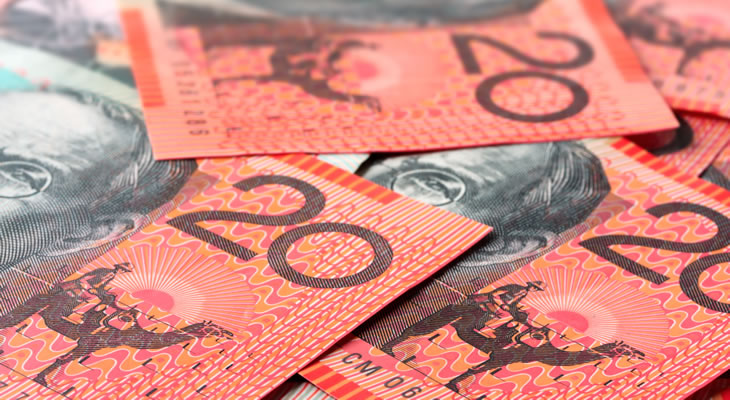Although Australian home loans failed to pick up as forecast in March this failed to boost the Pound Australian Dollar exchange rate at the start of the week.
Despite ongoing concerns over the state of the Australian housing market the mood towards the antipodean currency improved, benefitting from a general pick up in market risk appetite.
A slight slowing in Chinese retail sales was overshadowed by President Xi Jinping’s ambitious ‘Belt and Road’ initiative, which amounts to a substantial infrastructure spending spree.
Naturally this helped to boost commodity prices, indicating that recent populist upsets in the west have failed to derail globalisation.
As Kathleen Brooks, research director at City Index, noted:
‘The big news over the weekend was a Chinese government summit that announced the new “Silk Road” project, which aims to forge peace, inclusiveness and free trade across the world. China has pledged $124bn in infrastructure spending to bring this into action, and markets are cheering Chinese largesse.’
While copper prices have come under significant pressure recently this major spending commitment gave investors reason to buy back into the commodity.
Even so, the GBP AUD exchange rate could find a rallying point overnight if the Reserve Bank of Australia’s (RBA) May meeting minutes prove dovish.
If policymakers showed greater concern over the outlook of the domestic economy then the chances of any return to tighter monetary policy are likely to weaken.
This could put increased pressure on the Australian Dollar, particularly as the Federal Reserve still looks on track to raise interest rates in the near future.
Confidence in the Pound, meanwhile, could weaken as a result of the April UK consumer price index report.
Forecasts point towards a further uptick in inflation from 2.3% to 2.6% on the year, increasing the squeeze on consumer finances and putting greater pressure on the economy.
Investors could be encouraged by an upside surprise, though, with a faster pace of inflation likely to boost the odds of the Bank of England (BoE) returning to a more hawkish outlook.
However, if the latest raft of labour market data shows a weaker level of wage growth then the mood towards Sterling is likely to sour significantly.
As the BoE’s revised forecasts suggested that real wages could fall further over the course of the year a weaker showing here could prompt a fresh downtrend for the GBP AUD exchange rate.
If Theresa May continues to pursue a harder line of Brexit rhetoric the Pound is likely to remain under pressure, with an acrimonious divorce still considered to be the more likely outcome of negotiations at this juncture.


Comments are closed.